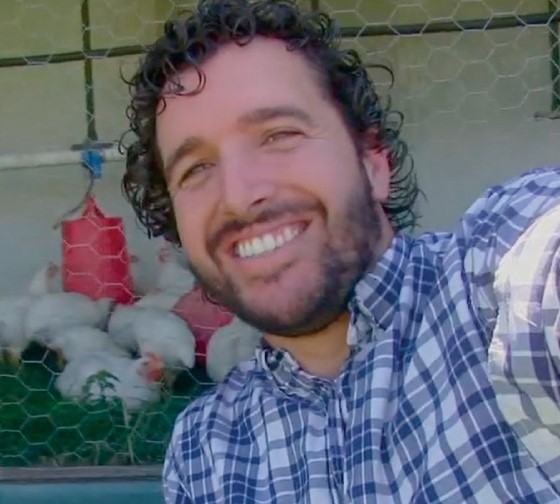José Luis García de Castro

In an exclusive interview, José Luis García de Castro talks about concrete practices in regenerative agriculture, what is currently lacking most to prevent more farmers from switching and gives advice for other farmers.
Describe the project in a maximum of 5 sentences.
The Be Regenerative Association is a non-profit organization that aims to generate scientific knowledge about regenerative production, as well as to disseminate and explain this knowledge to other farmers and public or private stakeholders involved in the transformation of the production model we want for future generations.
What specific practices or methods of regenerative agriculture do you use?
Currently, thanks to the support of the AVINA Stiftung, we are working on the development of two studies designed and supervides by the Complutense University of Madrid to generate the first open-access manuals available to everyone on pastured chicken production and 100% grass-fed beef production. In doing so, we are analysing different grazing techniques, including virtual fencing, as fundamental tool for launching a regenerative project in the 21st century that combines environmental, social and economic profitability.
What environmental and economic benefits have you seen from switching to regenerative agriculture on your farm?
The research project is carried out at Poultree Farm, which has been using regenerative techniques for the past 6 years in all its production. The most significant benefits observed during these years of learning have been financial stability due to reduced use of external inputs by feeding the cattle 100% grass-fed. There has been an increase in the amount of available pasture compared to extensive management without control, and multiplication of perennial grass species due to careful pasture rest periods.
Do you have any advice for other farmers who are thinking about switching to regenerative agriculture?
The best advice is that farmers should be able to open their minds to learn another way of looking at our farms, from a more global, more holistiv perspective. Once the willingness is there, it is necessary to educate oneself and attend as many training events as possible, with the aim of learning from experiences of other farmers in your region to avoid the mistakes that others have already made as pioneers of this movement.
What do you think is currently lacking that prevents more farmers from switching to regenerative agriculture?
A joint effort from multiple stakeholders is necessary to accelerate this transition. Agricultural policy should facilitate or promote the implementation of regenerative techniques over the convetional model. Generating updated knowledge about regenerative agriculture and livestock farming to create standardized models that facilitate learning for new farmers is essential. Lastly, explaining to the market the environmental, social and economic nebefits generated by these techniques in such a waythat products of regenerative origin find great ease of sale for their producers.
In what way is the collaboration with AVINA of particular value to you?
Collaboration with AVINA is proving to be fundamental in achiecing the aforementioned goals. Thanks to the generation of these manuals open to all farmers, we will be able to explain to them all the important elements when starting their regenerative farm so that they are able tobuild their experience on this scientific and objective basis, thus avoiding that all new farmers who want to generate a regenerative future for their farms have to start from scratch in generating productive experience, which implies enormous losses of money, will and energy that we need to continue growing in this new horizon.
